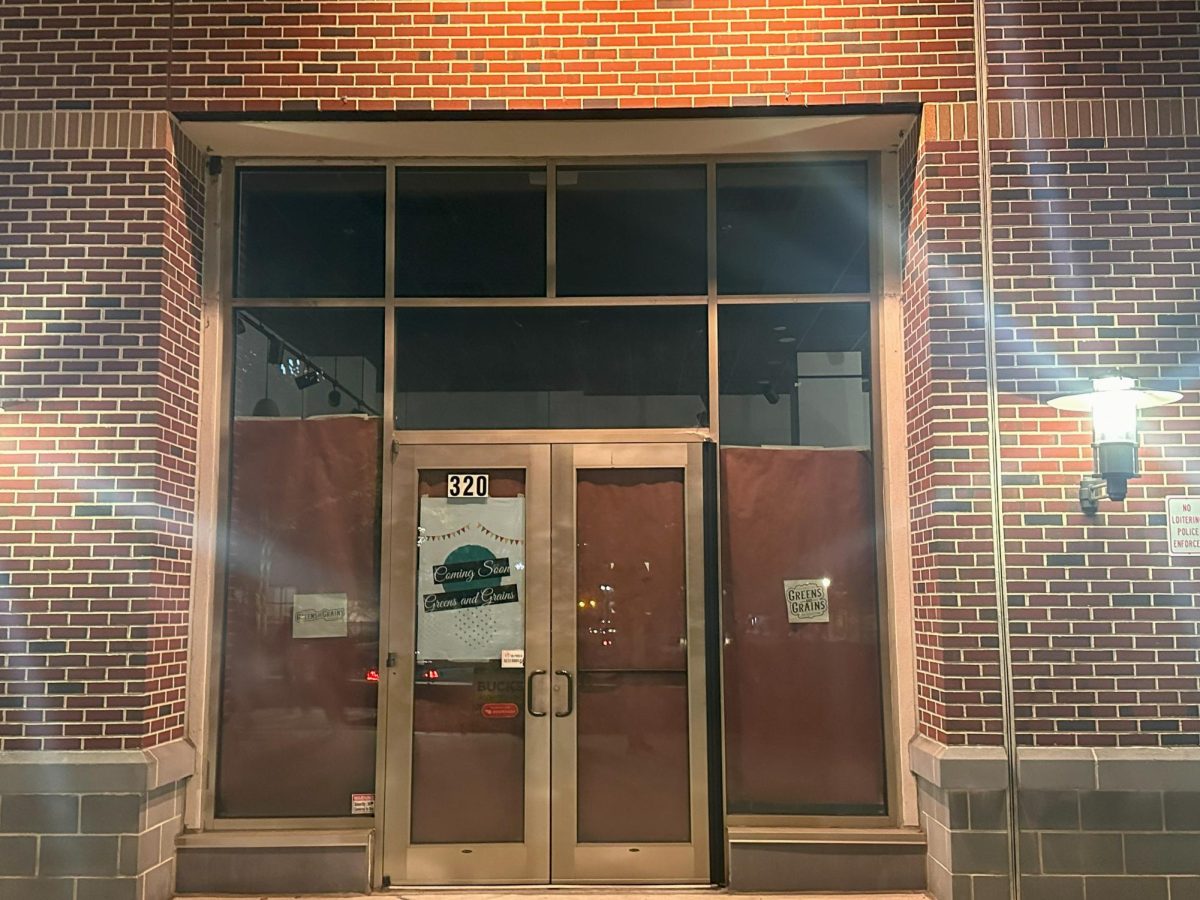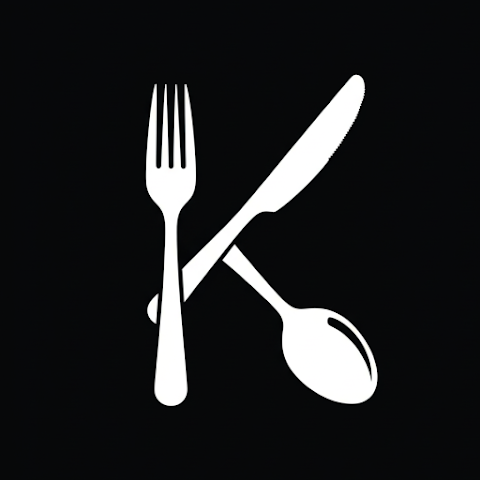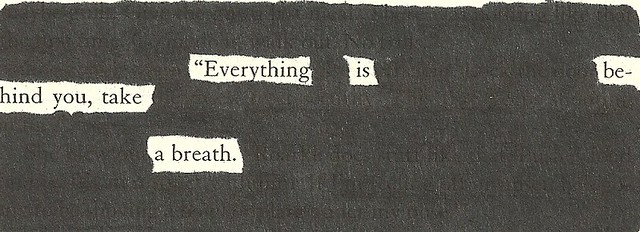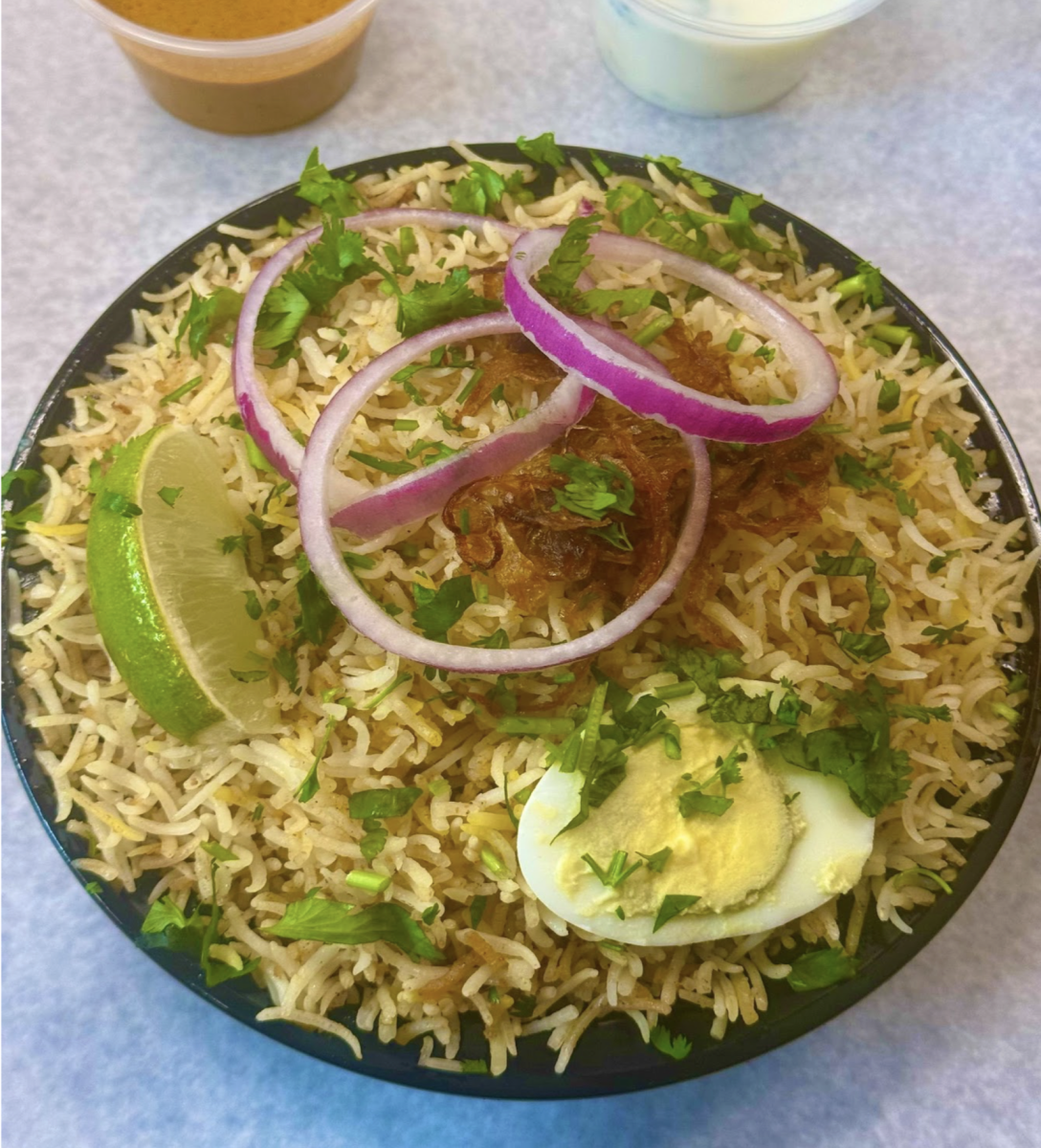Have you ever been sitting before a white screen, mind completely blank with no idea what to write? Or, maybe even worse, your mind racing like an endless roller coaster?
I sure have…
Until the night I came across blackout poetry. I had never heard of this type of art form before and I was instantly intrigued. So, I read a few articles and watched a few YouTube videos about it.
What is it, exactly?
This method of creativity is when a writer finds a piece of established text, takes a marker (preferably a black one) and edits the piece with rectangles, squares or even drawn pictures.
“The key thing with a blackout poem is that the text AND redacted text form a sort of visual poem,” wrote Robert Lee Brewer for Writer’s Digest.
When I was reading about these types of poems, I saw that some decorate the text within a sketch like waves, hot air balloons and a heart. Some are very detailed.
There are benefits to this art form: It relieves stress and restores creativity.
A recent Drexel University study showed that “Materials available to the participants included markers and paper, modeling clay and collage materials,” according to reporter Frank Otto. “The researchers found that 75 percent of the participants’ cortisol levels lowered during their 45 minutes of making art.”
This study is proof that both painting and poetry can relieve stress and lower the levels of the stress hormone cortisol.
At some point in their lifetime, all writers will hit massive writer’s block and desperately look for a spark of creativity. What usually helps me during these times is getting out of the house to observe my surrounding environment in nature, people, music or whatever else makes up my own world.
If you are in a hurry to think of an idea for a paper, I would suggest blackout poetry. It had me look at words in a different way and think of how I wanted to portray them. For me, it felt like a different part of my brain was working. You have to find your individual method in blackout writing, and it may come instantly or take time.
But it will come. It’s kind of like solving a Sudoku puzzle; you have to find the words.
The helpful part of blackout poetry is that the words are already there for you. You just have to search for them and order them out. The best part is that there are no rules to this art form. Grab a newspaper, magazine, scan a page of a book and find a black marker to get started.
This is a poem that I created with blackout poetry from a Time magazine:
Ups and Downs
People can remember every day of their lives. It’s a good thing. Or is it?
10 years old, there was something special about his memory.
He would later find there are upsides—and surprising downsides—to an almost perfect memory. He complained that extraordinary memory was a burden.
I automatically go back to that day and remember where I was, what I was doing, what day it fell on and on and on and on and on.
For comments/questions about this story, email [email protected] or tweet @TheWhitOnline.























































































































































!["Working with [Dr. Lynch] is always a learning experience for me. She is a treasure,” said Thomas. - Staff Writer / Kacie Scibilia](https://thewhitonline.com/wp-content/uploads/2025/04/choir-1-1200x694.jpg)








































